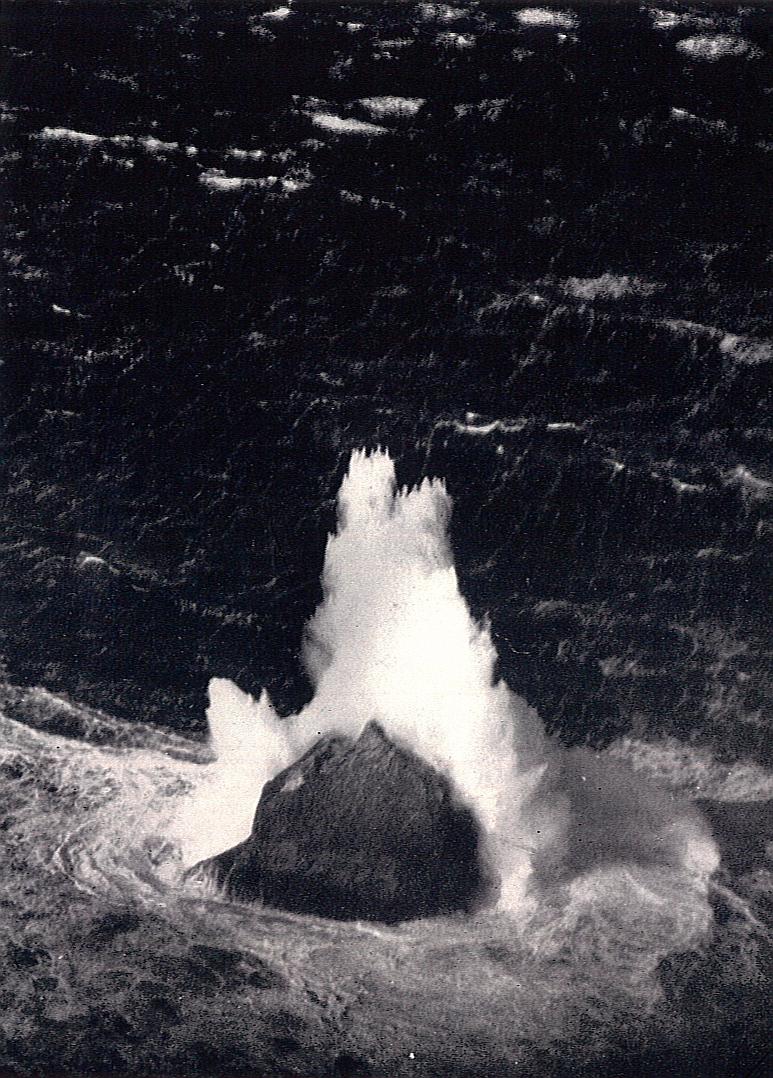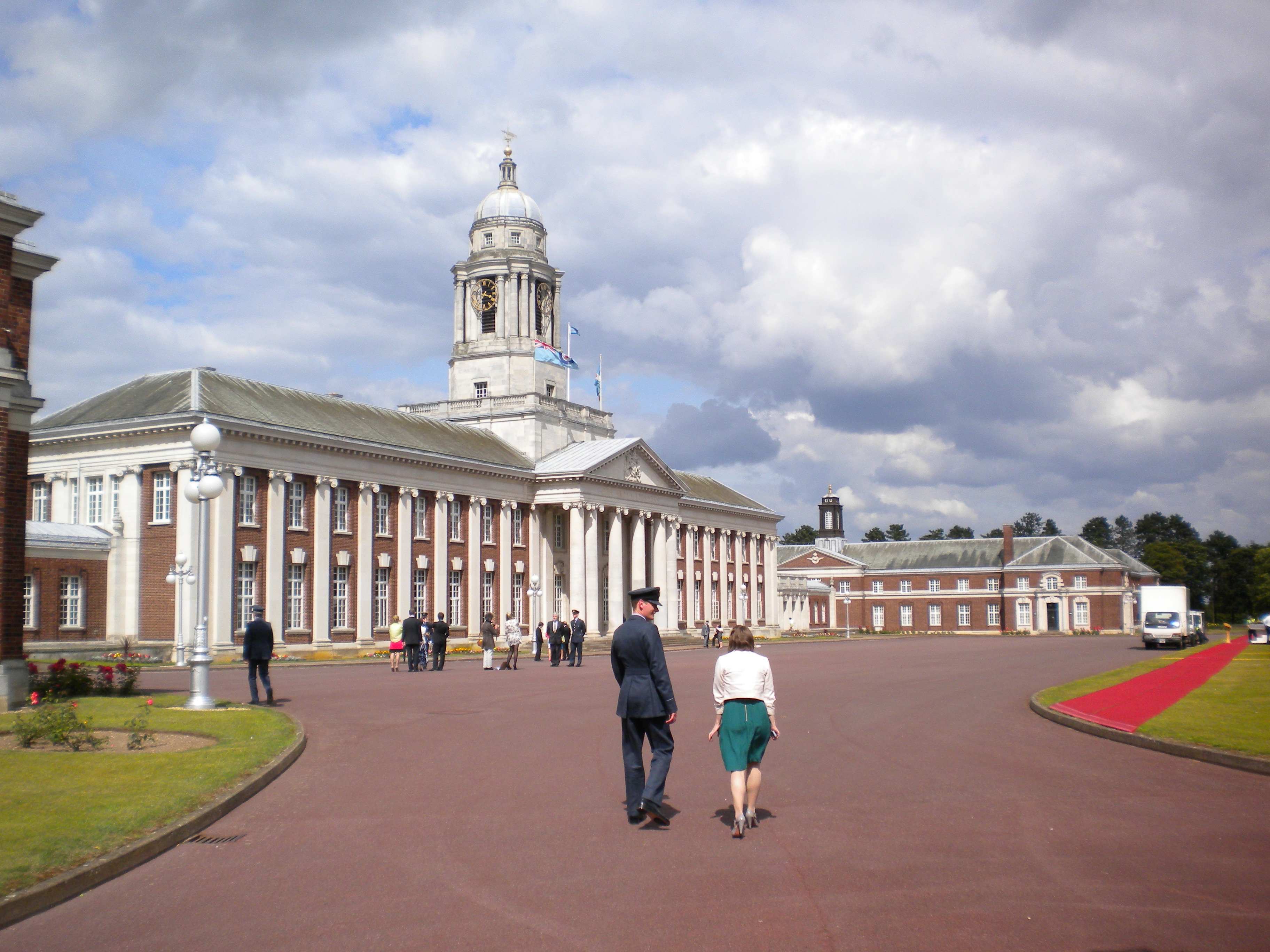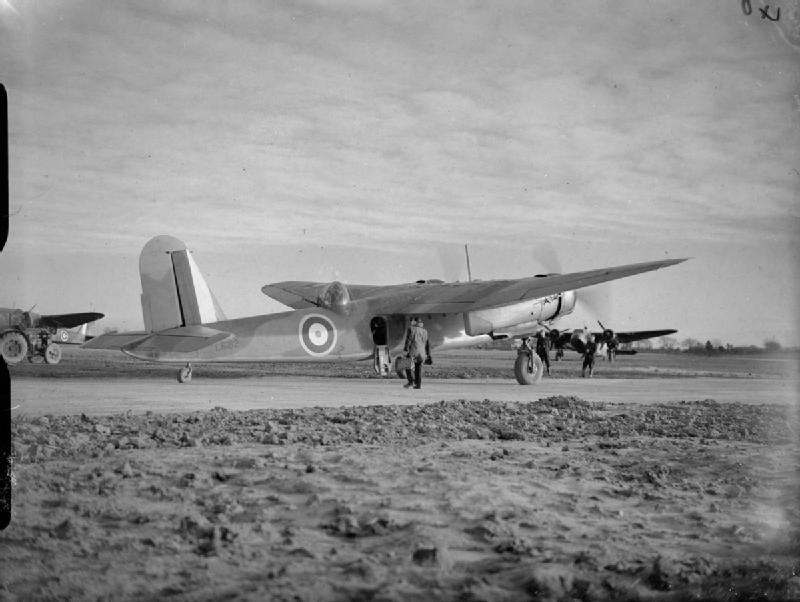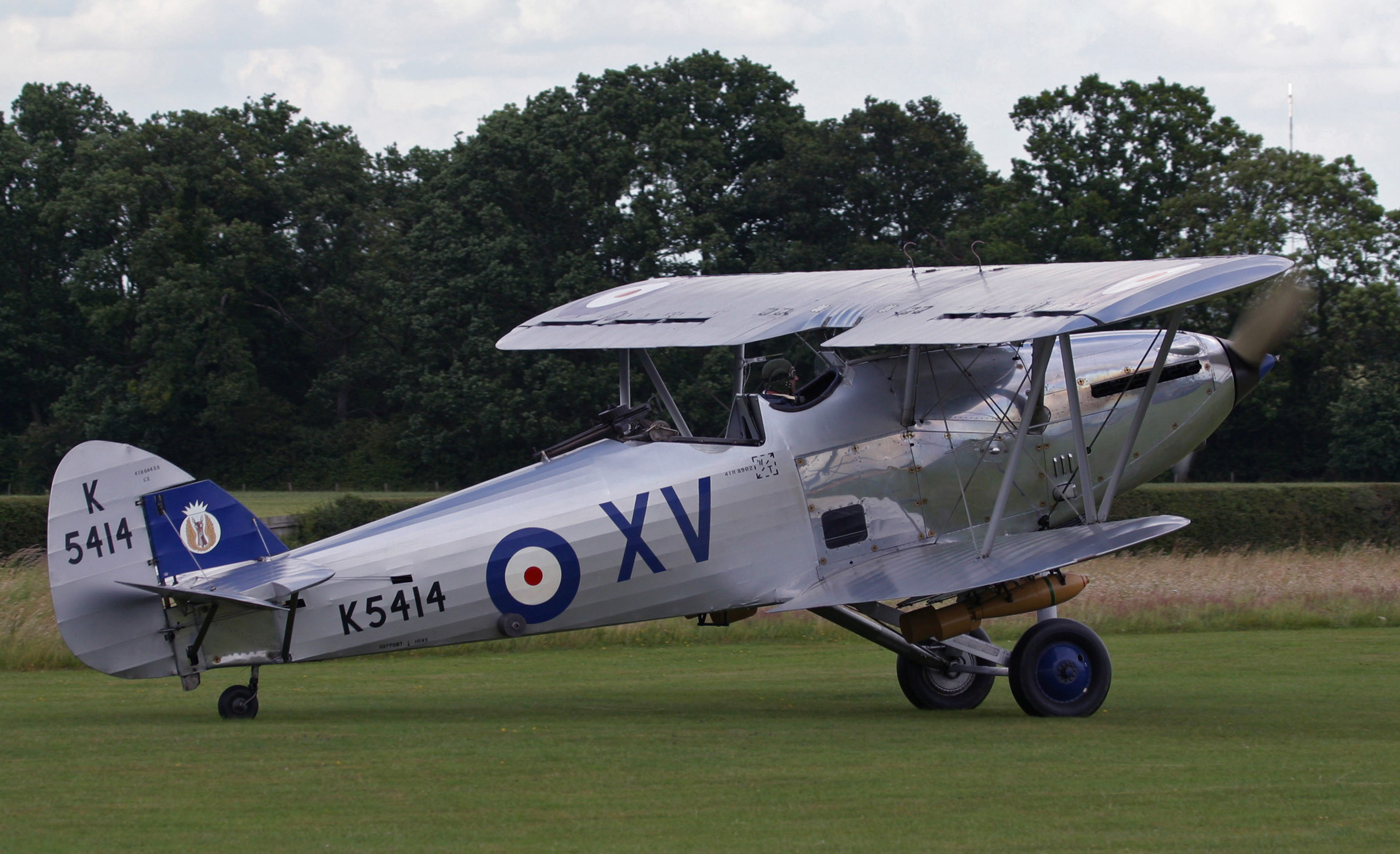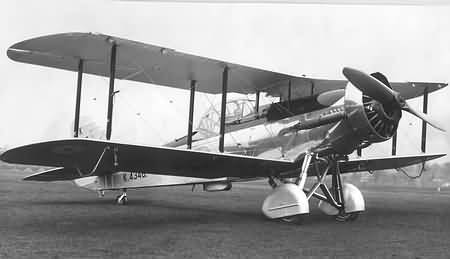|
Joint Helicopter Command Flying Station Aldergrove
Joint Helicopter Command Flying Station Aldergrove or more simply JHC FS Aldergrove is located south of Antrim, Northern Ireland and northwest of Belfast and adjoins Belfast International Airport. It is sometimes referred to simply as Aldergrove which is the name of a nearby hamlet. The military flying units share the Aldergrove runways but have their own separate facilities and helipad. The site was formerly RAF Aldergrove, a Royal Air Force station which was in operation between 1918 and 2009. History Inter-war years RAF Aldergrove first opened in 1918 but was not designated as an operational RAF station until 1925. Various squadrons were posted here during this time: * A detachment of No. 4 Squadron RAF between 30 April 1920 and 26 September 1922 again with the Bristol F2B. * No. 2 Squadron RAF initially at full strength between 2 June 1922 and 27 September 1922 and then as an detachment until 17 September 1923 flying the Bristol F2B Fighter. * No. 502 Squadron RAF w ... [...More Info...] [...Related Items...] OR: [Wikipedia] [Google] [Baidu] |
Aldergrove, County Antrim
Aldergrove is a Hamlet (place), hamlet and townland sub-division in County Antrim, Northern Ireland. It is within the townland of Seacash and civil parish, parish of Killead – south of Antrim, Northern Ireland, Antrim and west of Belfast. It is part of the Antrim and Newtownabbey, Borough of Antrim and Newtownabbey. The name Aldergrove is more commonly used to describe the major airfield to the north east of the hamlet. Two long runways serve both the civil Belfast International Airport and the Joint Helicopter Command Flying Station (formerly the military base RAF Aldergrove). The first jet aircraft to make a non-stop transatlantic flight flew from Aldergrove on 21 February 1951: An RAF English Electric Canberra B Mk 2 (serial number WD932) flown by Squadron Leader A Callard of the A&AEE flew to Gander, Newfoundland, Canada. The flight covered almost 1,800 nautical miles (3,300 km) in four hours and 37 minutes. The aircraft was being flown to the United States to act as ... [...More Info...] [...Related Items...] OR: [Wikipedia] [Google] [Baidu] |
Royal Air Force Station
The Royal Air Force (RAF) operates several stations throughout the United Kingdom and overseas. This includes front-line and training air bases, support, administrative and training stations with no flying activity, unmanned airfields used for training, intelligence gathering stations and an early warning radar network. The list also includes RAF stations operated by the United States Visiting Forces, former RAF stations now operated by defence contractor QinetiQ on behalf the Ministry of Defence (MOD) and air weapons ranges operated by the MOD. Overseas, the RAF operates airfields at four Permanent Joint Operating Bases (PJOBs) which are located in British Overseas Territories. RAF stations and MOD airfields in the UK Royal Air Force RAF front-line operations are centred on seven main operating bases (MOBs): * RAF Coningsby, RAF Marham and RAF Lossiemouth (Air Combat) * RAF Waddington ( Combat Intelligence, Surveillance Target Acquisition and Reconnaissance) ... [...More Info...] [...Related Items...] OR: [Wikipedia] [Google] [Baidu] |
U-boat
U-boats were naval submarines operated by Germany, particularly in the First and Second World Wars. Although at times they were efficient fleet weapons against enemy naval warships, they were most effectively used in an economic warfare role (commerce raiding) and enforcing a naval blockade against enemy shipping. The primary targets of the U-boat campaigns in both wars were the merchant convoys bringing supplies from Canada and other parts of the British Empire, and from the United States, to the United Kingdom and (during the Second World War) to the Soviet Union and the Allied territories in the Mediterranean. German submarines also destroyed Brazilian merchant ships during World War II, causing Brazil to declare war on both Germany and Italy on 22 August 1942. The term is an anglicised version of the German word ''U-Boot'' , a shortening of ''Unterseeboot'' ('under-sea-boat'), though the German term refers to any submarine. Austro-Hungarian Navy submarines were also ... [...More Info...] [...Related Items...] OR: [Wikipedia] [Google] [Baidu] |
Battle Of The Atlantic
The Battle of the Atlantic, the longest continuous military campaign in World War II, ran from 1939 to the defeat of Nazi Germany in 1945, covering a major part of the naval history of World War II. At its core was the Allied naval blockade of Germany, announced the day after the declaration of war, and Germany's subsequent counter-blockade. The campaign peaked from mid-1940 through to the end of 1943. The Battle of the Atlantic pitted U-boats and other warships of the German '' Kriegsmarine'' (Navy) and aircraft of the ''Luftwaffe'' (Air Force) against the Royal Navy, Royal Canadian Navy, United States Navy, and Allied merchant shipping. Convoys, coming mainly from North America and predominantly going to the United Kingdom and the Soviet Union, were protected for the most part by the British and Canadian navies and air forces. These forces were aided by ships and aircraft of the United States beginning September 13, 1941. Carney, Robert B., Admiral, USN. "Comment and D ... [...More Info...] [...Related Items...] OR: [Wikipedia] [Google] [Baidu] |
Hawker Hurricane
The Hawker Hurricane is a British single-seat fighter aircraft of the 1930s–40s which was designed and predominantly built by Hawker Aircraft Ltd. for service with the Royal Air Force (RAF). It was overshadowed in the public consciousness by the Supermarine Spitfire during the Battle of Britain in 1940, but the Hurricane inflicted 60 percent of the losses sustained by the Luftwaffe in the campaign, and fought in all the major theatres of the Second World War. The Hurricane originated from discussions between RAF officials and aircraft designer Sir Sydney Camm about a proposed monoplane derivative of the Hawker Fury biplane in the early 1930s. Despite an institutional preference for biplanes and lack of interest by the Air Ministry, Hawker refined their monoplane proposal, incorporating several innovations which became critical to wartime fighter aircraft, including retractable landing gear and the more powerful Rolls-Royce Merlin engine. The Air Ministry ordered Hawk ... [...More Info...] [...Related Items...] OR: [Wikipedia] [Google] [Baidu] |
Handley Page Heyford
The Handley Page Heyford was a twin-engine biplane bomber designed and produced by the British aircraft manufacturer Handley Page. It holds the distinction of being the last biplane heavy bomber to be operated by the Royal Air Force (RAF). The Heyford was developed in response to Specification B.19/27 for a new heavy night bomber. Much of the design can be attributed to the work of George Volkert, Handley Page's lead designer. Unlike the company's preceding aircraft, the Heyford comprised metal construction instead of wood; it also had an unorthodox arrangement wherein the fuselage was joined to the upper wing rather than the lower one, which gave the aircraft a relatively nose-high orientation while on the ground. Considerable revision of the proposal occurred even after its submission, which was recognised as the Air Ministry's preferred option. A sole prototype, designated ''Handley Page HP.38'', was produced, performing its maiden flight on 12 June 1930 and commencing servic ... [...More Info...] [...Related Items...] OR: [Wikipedia] [Google] [Baidu] |
Vickers Virginia
The Vickers Virginia was a biplane heavy bomber of the British Royal Air Force, developed from the Vickers Vimy. Design and development Work on the Virginia was started in 1920, as a replacement for the Vimy. Two prototypes were ordered on 13 January 1921 and another two prototypes were ordered in September 1922.Jarrett ''Aeroplane Monthly'' May 1993, p. 25. The Virginia was similar to the Vimy but notably had a lowered front gunner's pulpit to allow the pilot a greater field of view, 20 ft (6 m) greater wingspan and a 9 ft (3 m) longer fuselage. The aircraft was powered by twin Napier Lion engines and flew for the first time on 24 November 1922.Andrews and Morgan 1989, p. 131. At the Aircraft Experimental Establishment at RAF Martlesham Heath, the Virginia prototype underwent type trials. One of the first modifications was to replace the original two-bladed propellers with four-bladed propellers. An unusual set of "fighting top" turrets were added to th ... [...More Info...] [...Related Items...] OR: [Wikipedia] [Google] [Baidu] |
Armstrong Whitworth Whitley
The Armstrong Whitworth A.W.38 Whitley was a British medium bomber aircraft of the 1930s. It was one of three twin-engined, front line medium bomber types that were in service with the Royal Air Force (RAF) at the outbreak of the World War II, Second World War. Alongside the Vickers Wellington and the Handley Page Hampden, the Whitley was developed during the mid-1930s according to Air Ministry List Of Air Ministry Specifications, Specification B.3/34, which it was subsequently selected to meet. In 1937, the Whitley formally entered into RAF squadron service; it was the first of the three medium bombers to be introduced. Following the outbreak of war in September 1939, the Whitley participated in the first RAF bombing raid upon German territory and remained an integral part of the early British bomber offensive. In 1942 it was superseded as a bomber by the larger four-engined "Heavy bomber#World War II 2, heavies" such as the Avro Lancaster. Its front-line service included mari ... [...More Info...] [...Related Items...] OR: [Wikipedia] [Google] [Baidu] |
Blackburn Botha
The Blackburn B.26 Botha was a four-seat reconnaissance and torpedo bomber. It was produced by the British aviation company Blackburn Aircraft at its factories at Brough and Dumbarton. The Botha was developed during the mid 1930s in response to Air Ministry Specification M.15/35, and was ordered straight off the drawing board alongside the competing Bristol Beaufort. On 28 December 1938, the first production aircraft made the type's maiden flight; almost exactly one year later, it enter service with the RAF. During official evaluation testing of the Botha, stability issues were revealed, as well as the fact that it was underpowered. It was only briefly used in frontline operations before being withdrawn to secondary roles during 1941. It continued to be flown in secondary roles, largely being used for training and as a target tug, before the Botha was fully withdrawn during September 1944. Development During September 1935, the British Air Ministry issued specification M.15/35 ... [...More Info...] [...Related Items...] OR: [Wikipedia] [Google] [Baidu] |
Avro Anson
The Avro Anson is a British twin-engined, multi-role aircraft built by the aircraft manufacturer Avro. Large numbers of the type served in a variety of roles for the Royal Air Force (RAF), Fleet Air Arm (FAA), Royal Canadian Air Force (RCAF) and numerous other air forces before, during, and after the Second World War. Initially known as the ''Avro 652A'', the Anson was developed during the mid-1930s from the earlier Avro 652 airliner in response to a request for tenders issued by the British Air Ministry for a maritime reconnaissance aircraft. Having suitably impressed the Ministry, a single prototype was ordered, which conducted its maiden flight on 24 March 1935. Following an evaluation in which the Type 652A bettered the competing de Havilland DH.89, it was selected as the winner, leading to Air Ministry Specification 18/35 being written around the type and an initial order for 174 aircraft being ordered in July 1935. The Type 652A was promptly named after British Admir ... [...More Info...] [...Related Items...] OR: [Wikipedia] [Google] [Baidu] |
Hawker Hind
The Hawker Hind was a British light bomber of the inter-war years produced by Hawker Aircraft for the Royal Air Force. It was developed from the Hawker Hart day bomber introduced in 1931. Design and development An improved Hawker Hart bomber defined by Specification G.7/34, was purchased by the RAF as an interim aircraft, while more modern monoplane bombers such as the Fairey Battle were still in development. Structural elements were a mixture of steel and duralumin with the wings being fabric covered; the main differences compared to the earlier Hart was a new powerplant, (the Rolls-Royce Kestrel V) and the inclusion of refinements from the earlier derivatives such as the cut-down rear cockpit developed for the Demon. The prototype ( Serial number ''K2915'') was constructed very rapidly due to Hawker's development work for other proposals and made its first flight on 12 September 1934. A variety of changes were subsequently incorporated ("ram's horn" exhaust manifolds, Faire ... [...More Info...] [...Related Items...] OR: [Wikipedia] [Google] [Baidu] |
Westland Wallace
The Westland Wallace was a British two-seat, general-purpose biplane of the Royal Air Force, developed by Westland as a follow-on to their successful Wapiti. As the last of the interwar general purpose biplanes, it was used by a number of frontline and Auxiliary Air Force Squadrons. Although the pace of aeronautical development caused its rapid replacement in frontline service, its useful life was extended into the Second World War with many being converted into target tugs and wireless trainers. In 1933 a Westland Wallace became the first aircraft to fly over Everest, as part of the Houston-Mount Everest Flight Expedition. Design and development In 1931, Westland produced the PV-6, a private-venture development of its successful Wapiti. This updated aircraft embodied a number of improvements including a lengthened fuselage, brakes and wheel spats on the undercarriage and a new engine. By this time both the appearance and performance differed considerably from the standard Wa ... [...More Info...] [...Related Items...] OR: [Wikipedia] [Google] [Baidu] |
